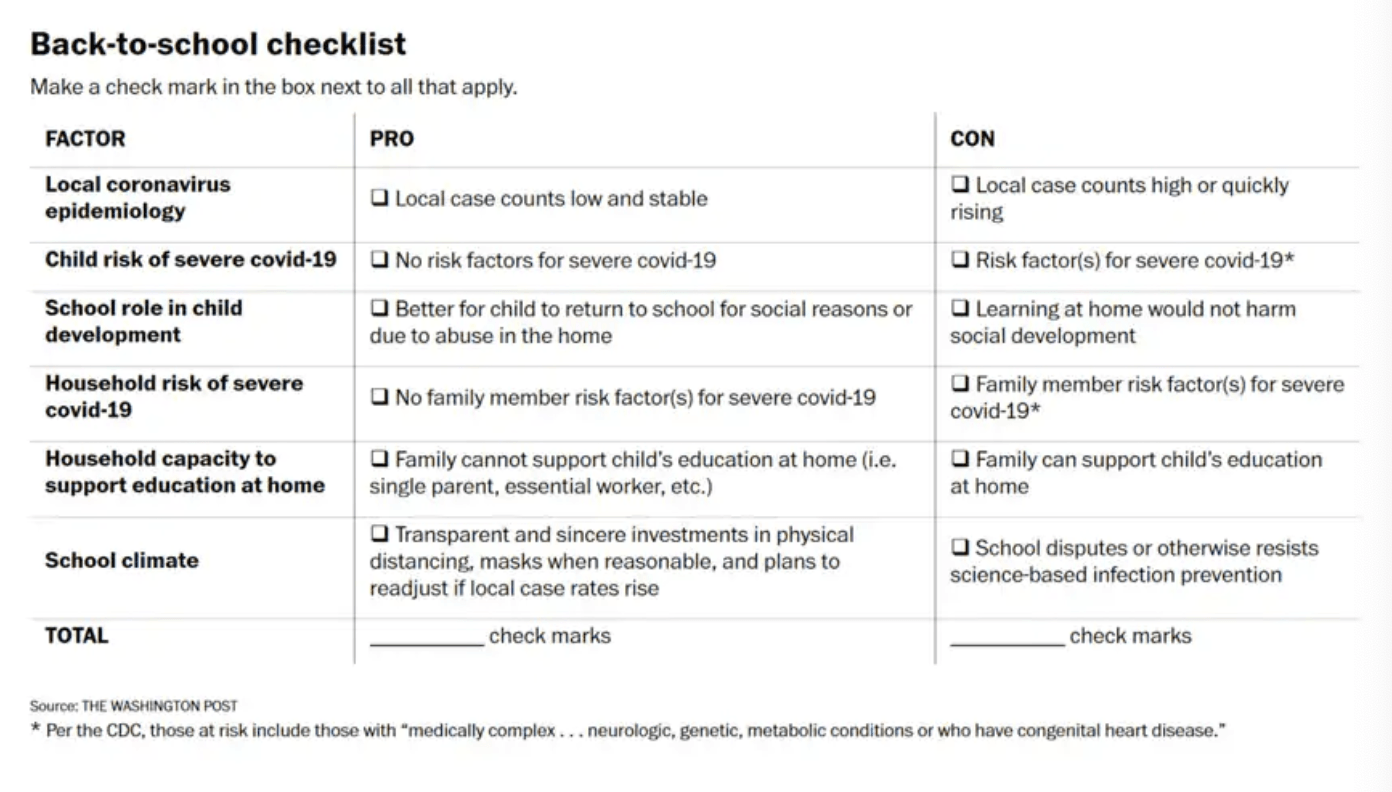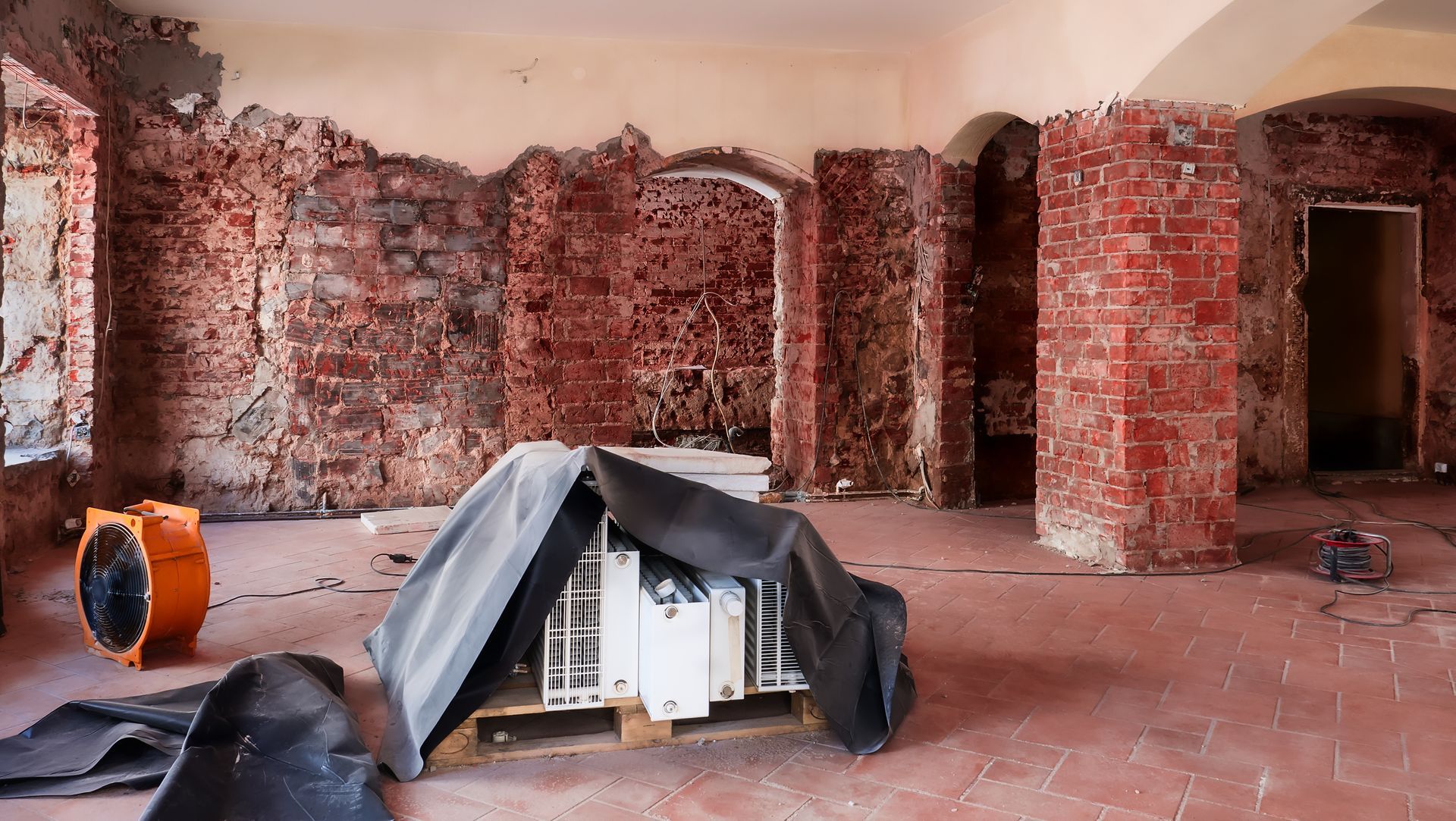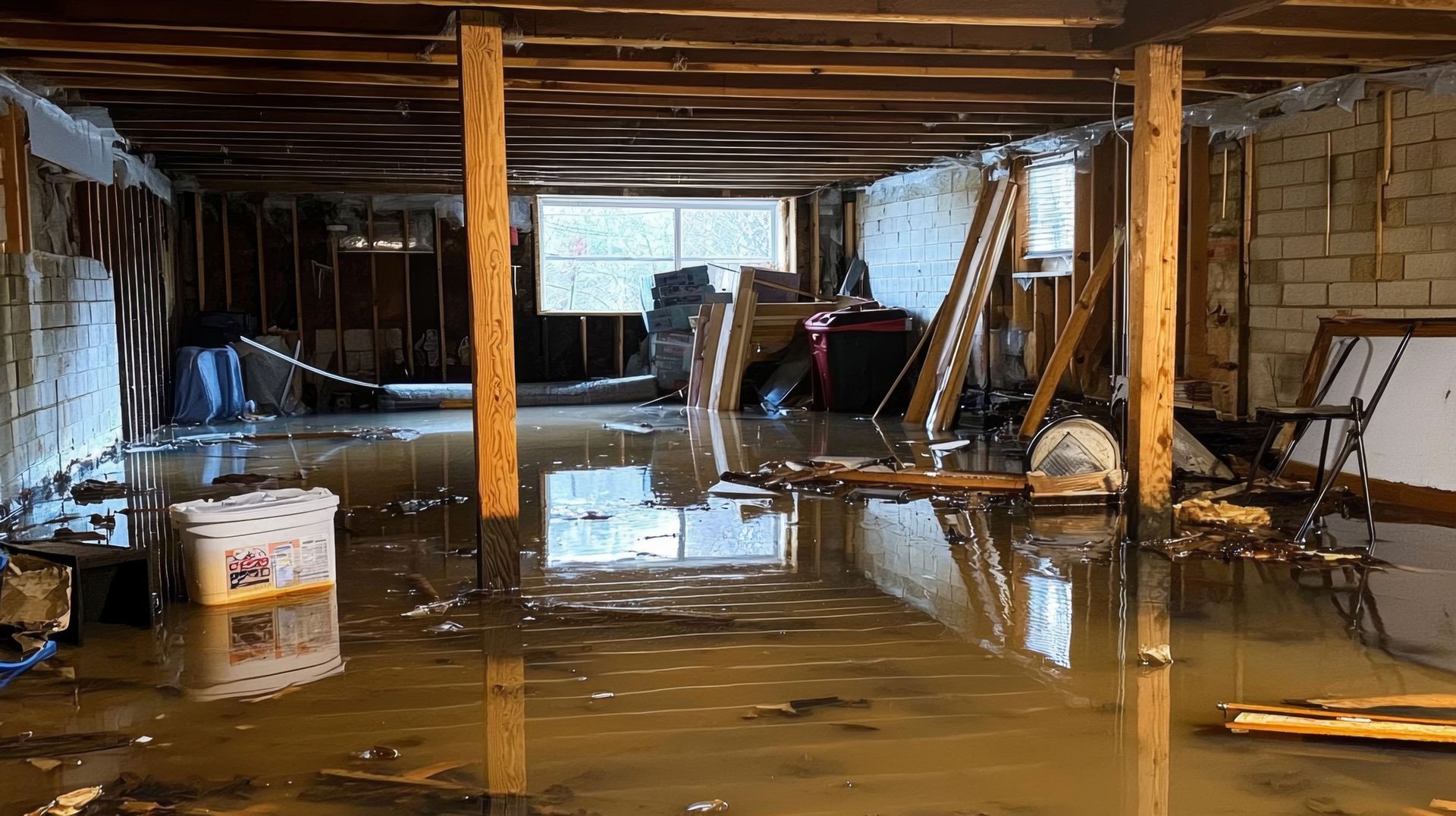Returning To School And Staying Safe
August has arrived, which means the end of the summer for most school-aged children. Normally, it’s an exciting time to look forward to with new clothes, backpacks, notebooks and folders, but as most of 2020 has panned out, returning to school is looking far from normal.
In March, most schools in America shut down and had to resort to online lessons and learning. Approximately 1.5 billion students across the world had their school years come to abrupt halt. It was a challenging time then, and may be even more so now. Thousands of school districts and higher education institutions are facing unprecedented realities and changes with children, teenagers and young adults returning to the classrooms in different ways.
With the COVID-19 pandemic still abound, this has drastically changed traditional education routines for the foreseeable future. Many schools have had to push back physical returns as the virus continues to surge. In turn, this year’s return to school looks very different than in the past.
At Guarantee Restoration Services, our team is comprised of fathers, mothers and grandparents, aunts, and uncles alike, so we definitely understand the stress of returning to the classroom, no matter at what capacity. Whether it is virtual or distance learning, in-person or a combination of both, the concerns are still very similar. The Center for Disease Control and Prevention has dedicated a page to the returning of Kindergarten through 12th grades on its website. Below, I will outline some measures you can take to help combat these worries.
A BROKEN RECORD, BUT STILL AS IMPORTANT
Since March, the same preventative measures have been recommended over-and-over again. Although it seems repetitive, many of the same things are being suggested when it comes to the return to school. First, your child should stay home when appropriate. This means, if they are running a fever, have a cough or present any other common COVID-19 symptoms. It also applies staying home if any family members or close-contact individuals exhibit even mild symptoms. Being precautionary is key. The CDC has provided a checklist of symptoms and other possible factors, which can be seen below.
Moreover, if your child’s school does not require facial coverings, it is important that they wear masks when possible. Wearing them at all times may present challenges, but should be worn when physical distancing is difficult. These facial coverings should not and do not need to be medical-grade. Masks are meant to protect others in case the wearer is unknowingly carrying the coronavirus. As demonstrated by one of our other blogs, some recent research has shown that masks do also protect the wearer themselves. Also, it is important to practice properly putting on and taking off face masks with your child, while taking care not to touch the cloth portions. (NOTE: Masks wearing is not recommended for children under the age of 2 years old and for certain medical conditions.)
Some brands such as Old Navy, Crayola, and Disney have started selling colorful and fun masks that may be more enticing and comfortable for your kids to want to wear. In addition, masks can be purchased in many local stores, as well as Amazon, Etsy and many other online retailers. Some local nonprofit organizations, as well as churches give away masks, too. If you can, buy multiple, washable mask for each child. They are likely to enjoy choosing which one to wear if they have options.
Additionally, hand hygiene and respiratory etiquette are still vital. Washing hands with soap and water for at least 20 seconds is still the recommendation from the CDC. If soap and water is not available, utilize a hand sanitizer with at least 60% alcohol. Sneezes and coughs should be covered with a tissue if possible, and individuals should immediately wash their hands with soap and water following the sneeze or cough.
Remember to have these conversations with your children often and prepare them to take their own precautions while attending school in-person. It is important to reiterate a routine of regular hand washing, physically distancing and mask wearing as much as possible. In a sense, your own behaviors should also be a model of how you expect them to be safe while they are physically on campus and even at-home.
OTHER IMPORTANT CONSIDERATIONS
Although it is impossible to control what your child’s individual school is doing to clean and disinfect classrooms and other high-tough surfaces, the CDC has issued several guidelines that most schools are following. Every school district in America has had to adjust. While many are doing similar things, each is different. Here are some things you can do that will help keep your child or children healthy and safe:
If possible, wash clothing and masks each day with a disinfectant such as Lysol or Clorox Laundry Sanitizer.
Upon returning from school, wipe down backpacks, shoes and other bags with anti-bacterial cleaners.
Have your child shower or bathe as soon as they return home from school.
Give your child a clean mask and back-up mask each day and a clean, as well as a resealable bag for them to store the mask when they are not wearing one (such as at breakfast or lunch).
Pack hand sanitizer in your child’s backpack.
Take your child’s temperature prior to them going to school.
Pack your child’s lunch for school.
NO ONE-SIZE-FITS-ALL SOLUTION
To be sure, each and every family is different. Although in general, most children at a much lower risk than adults, some have higher-risk disorders or diseases, like diabetes or asthma. Some families will be faced with the decision to send their children back to school in-person, participate in virtual learning only or adopt homeschooling programs. Many school districts are offering choices, so you may have more than one options.
Truthfully, there is no one-size-fits-all answer. Every family and school district across the country has different circumstances, depending on outbreak numbers and other factors. The image below is a checklist from the Washington Post to help you weigh the pros and cons.
KEEP ON, KEEPING ON
We know and understand the uncertainties that lie ahead. It is important to remember that as simple as it sounds, returning to school is no different; we must remember to take one day at a time. As a business, that is definitely what we have done throughout this pandemic.
In addition, Guarantee Restoration Services has provided cost-effective cleaning solutions to businesses and homes that have been affected by COVID-19. If you or someone you know needs our disinfection services, contact us today. With four offices located along the I-10 corridor, we are conveniently located to assist you. Call 1-800-349-HELP (4357) or email info@guaranteerestoration.net.








